
| Specifications | Details | Manufacturing Process | Details |
|---|---|---|---|
| Display Type | High-resolution touchscreen | Design & Prototyping | Initial design, prototyping, and user interface testing |
| Materials | Durable metals, anti-glare glass | Material Sourcing | Procurement of materials like metal, glass, electronics |
| Connectivity | Wi-Fi, Ethernet, 4G/5G | Fabrication | Metal cutting, welding, and assembly |
| Payment Options | Credit/Debit cards, NFC, mobile payments | Component Assembly | Integration of display, payment systems, connectivity |
| Security Features | Tamper-proof casing, encryption, surveillance integration | Testing | Functionality, durability, and security testing |
| Operating System | Linux-based, Windows, or custom OS | Final Assembly & Quality Control | Final assembly, software installation, and quality checks |
| Power Supply | AC-powered, with battery backup options | Installation & Deployment | On-site installation and configuration |
Subway kiosk is meticulously crafted through a multi-step process to ensure durability, functionality, and user-friendliness. The process begins with design and prototyping, where engineers create initial designs and prototypes to test the user interface and overall structure. Once approved, materials such as durable metals and anti-glare glass are sourced. Fabrication follows, involving precision cutting, welding, and assembling the metal frame. Components like the display, payment systems, and connectivity hardware are integrated during the assembly stage. The kiosks undergo rigorous testing for functionality, security, and durability. Finally, the completed kiosks are installed and configured on-site, ready for public use.
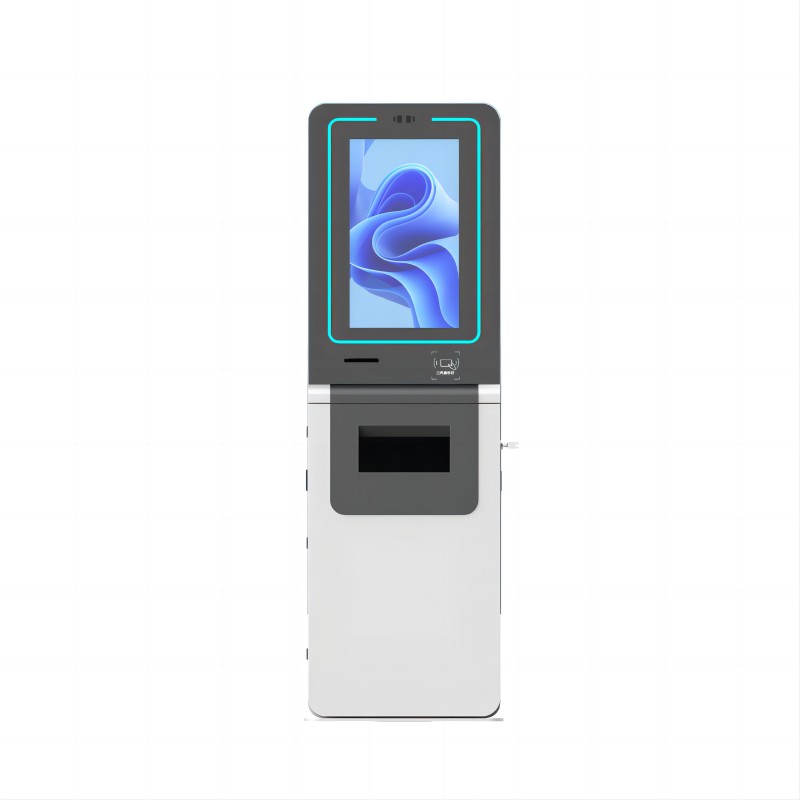
Subway kiosk is equipped with advanced hardware and software to enhance user experience and operational efficiency. The hardware typically includes a high-resolution touch screen display, robust metal casing, anti-glare glass, and secure payment systems such as card readers and contactless payment modules. Additionally, they often feature printers for receipts, barcode scanners for ticket validation, and network connectivity components like Wi-Fi or Ethernet ports to ensure seamless communication with central systems.
On the software side, these kiosks run customized applications designed for user-friendly navigation, quick transactions, and multi-language support. The software integrates with back-end systems to manage ticketing, payments, and real-time updates, such as train schedules or service alerts. Security features are also a critical part of the software, with encryption and secure protocols in place to protect user data and financial transactions. This combination of sophisticated hardware and software makes subway kiosks an essential tool for modern urban transportation systems.
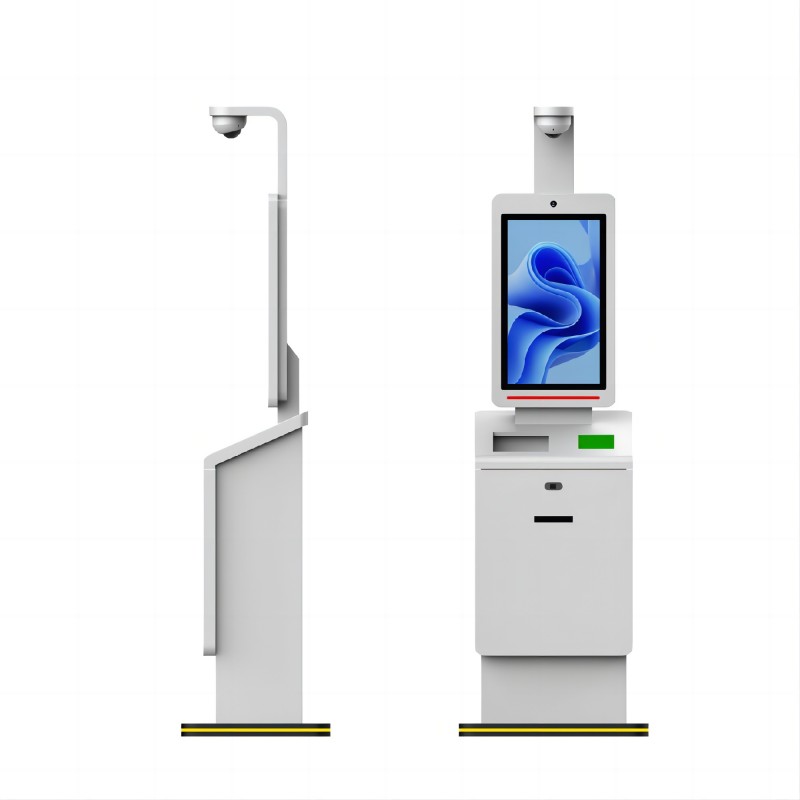
Select Language: Start by choosing your preferred language on the kiosk's touch screen.
Choose Service: Select the service you need, such as buying a ticket, reloading a transit card, or checking train schedules.
Input Destination: Enter your travel destination or select it from a list provided on the screen.
Choose Ticket Type: Select the type of ticket or fare option, such as a single ride, day pass, or multi-ride pass.
Make Payment: Complete the transaction by paying with cash, credit/debit card, or a contactless payment method.
Collect Ticket/Receipt: After the payment is processed, retrieve your printed ticket, receipt, or reloaded transit card from the kiosk.
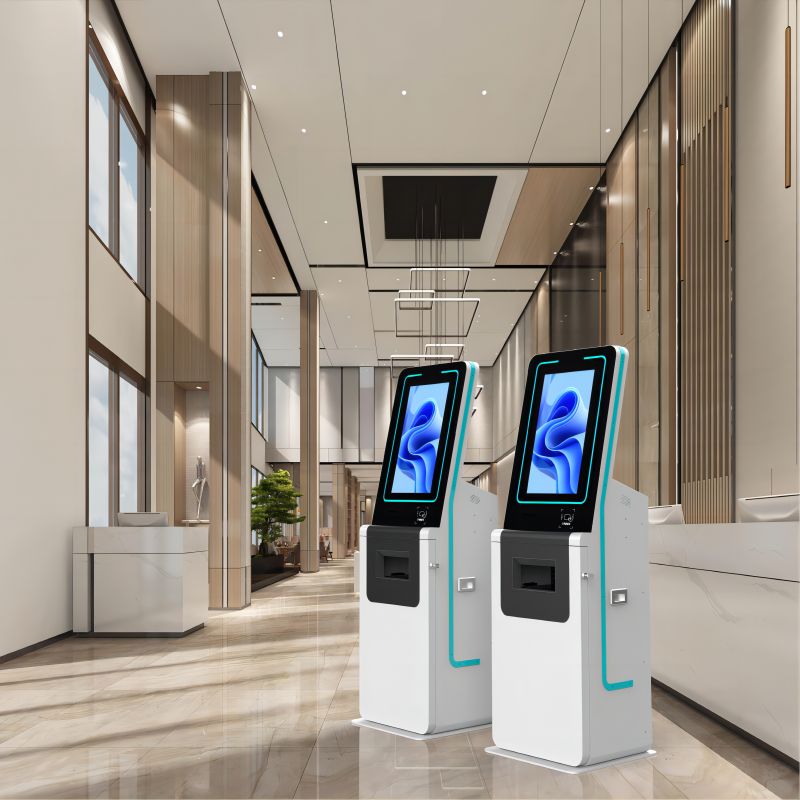
Ticket Purchase: Subway kiosks allow users to quickly purchase single-ride, day passes, or multi-ride tickets.
Card Reloading: Commuters can reload their subway cards with additional funds for future rides.
Route Information: Kiosks provide real-time subway maps and route details, helping passengers plan their journeys.
Fare Calculation: They can calculate the fare for specific routes, helping users understand the cost before purchasing.
Customer Assistance: Subway kiosks can offer information on station facilities, accessibility, and general customer support.
Promotions and Alerts: They display current promotions, service alerts, and important travel updates for passengers.
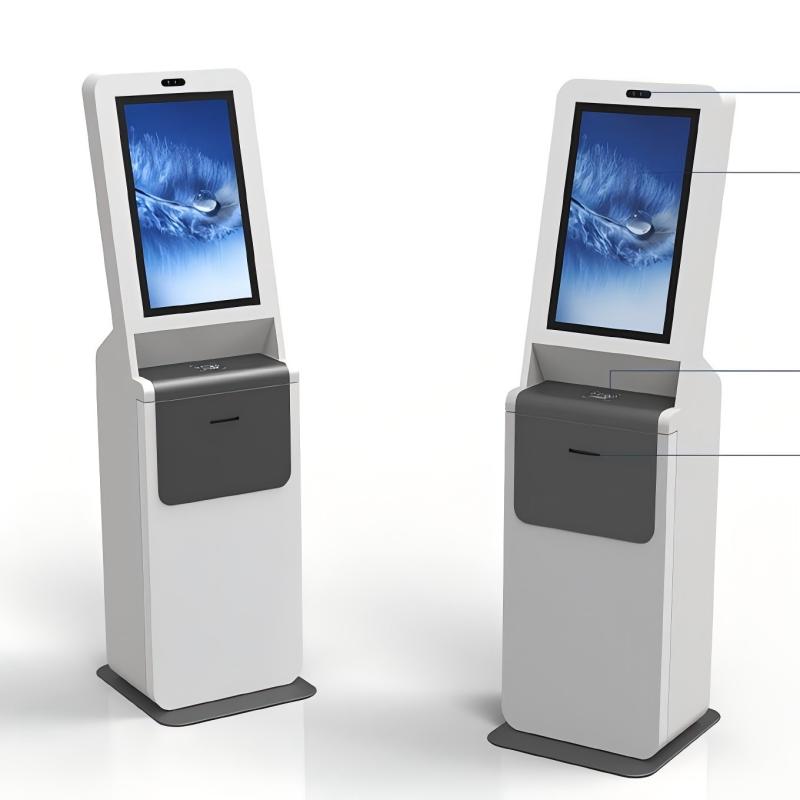
Branding and Graphics: Customize the kiosk's exterior with your brand's colors, logo, and graphics to enhance brand visibility and appeal.
Display Size and Resolution: Choose from various screen sizes and resolutions, depending on the space available and the level of interaction required.
Payment Integration: Integrate various payment options, such as contactless cards, mobile payments, and cash acceptance, to suit the needs of different user demographics.
Software Interface: Tailor the user interface to include specific languages, accessibility features, and customized menus to improve user experience.
Hardware Add-ons: Add features like barcode scanners, printers, or QR code readers for additional functionalities like ticket printing or access control.
Security Features: Customize security elements, including ruggedized construction, surveillance integration, and anti-vandalism designs to protect the kiosk in public settings.
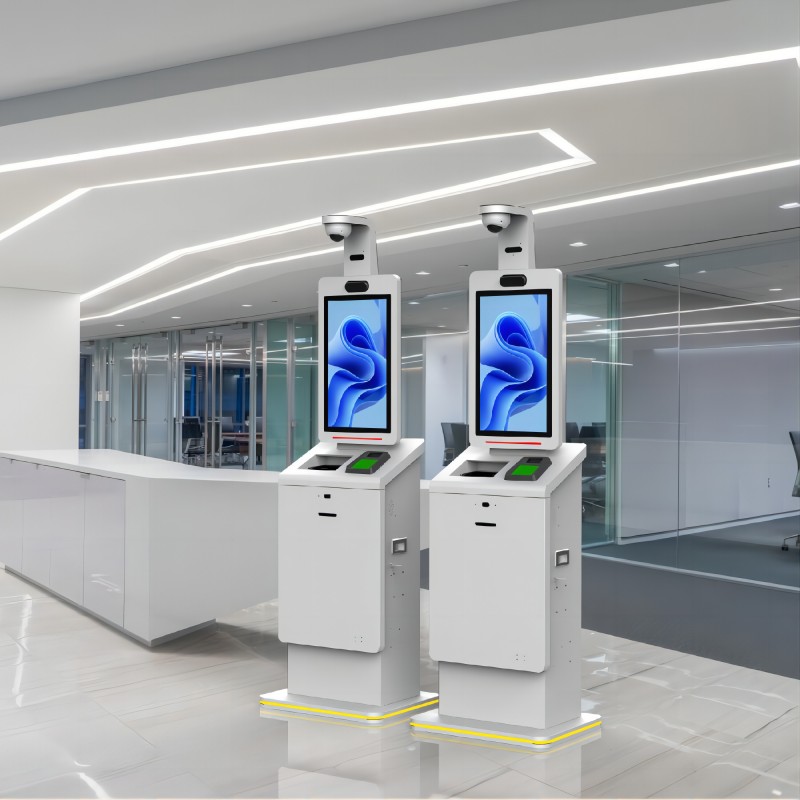
Improved Efficiency: Subway kiosks streamline ticket purchasing and other transactions, reducing wait times and speeding up the overall process for commuters.
24/7 Availability: Kiosks operate around the clock, providing services even when staffed counters are closed, enhancing convenience for passengers.
Reduced Staffing Costs: Automating transactions with kiosks decreases the need for human staff, resulting in significant cost savings for transit operators.
Enhanced User Experience: With intuitive interfaces and multiple language options, kiosks provide a user-friendly experience for a diverse range of commuters.
Increased Accuracy: Kiosks reduce the likelihood of human error in transactions, ensuring more accurate ticketing and payment processes.
Data Collection: Kiosks can gather valuable data on user behavior and preferences, which can be used to improve services and operations.
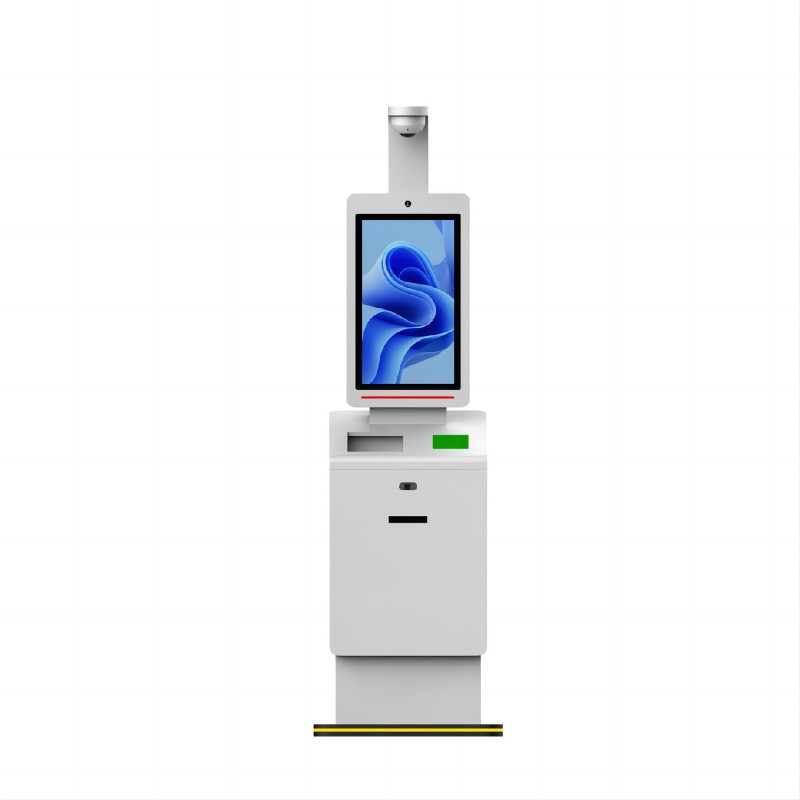
The cost of implementing subway kiosk varies depending on the type, features, and customization options. Initial expenses include hardware, software, installation, and maintenance. While the upfront investment can be significant, the return on investment (ROI) is often favorable due to reduced operational costs, such as lower staffing needs and faster transaction times. Kiosks enhance efficiency, leading to increased passenger throughput and higher revenue from ticket sales and advertisements displayed on the kiosks. Over time, the cost savings from automation, combined with improved customer satisfaction and service availability, contribute to a strong ROI for subway kiosks.
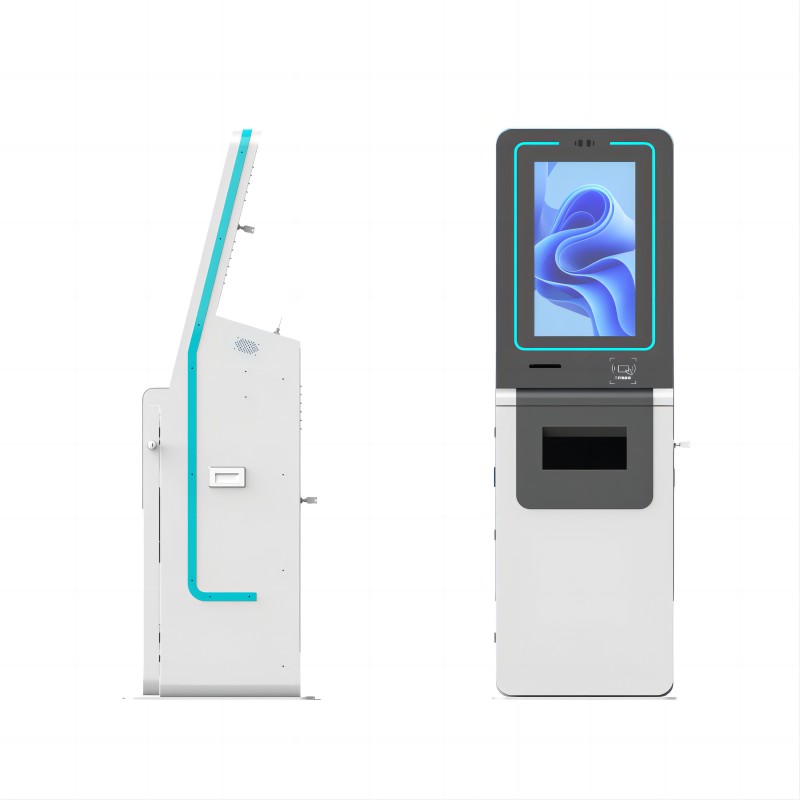
When purchasing a subway kiosk, several factors must be considered to ensure optimal functionality and ROI. First, evaluate the kiosk’s durability, as it will operate in high-traffic areas and must withstand constant use. Second, assess the software’s user-friendliness and compatibility with existing systems for smooth integration. Customization options are crucial for aligning the kiosk with branding and specific service needs. Additionally, consider maintenance and support services to minimize downtime. Cost is another key factor; balance upfront investment with long-term benefits. Lastly, examine the kiosk’s scalability to accommodate future upgrades or expansions in services.
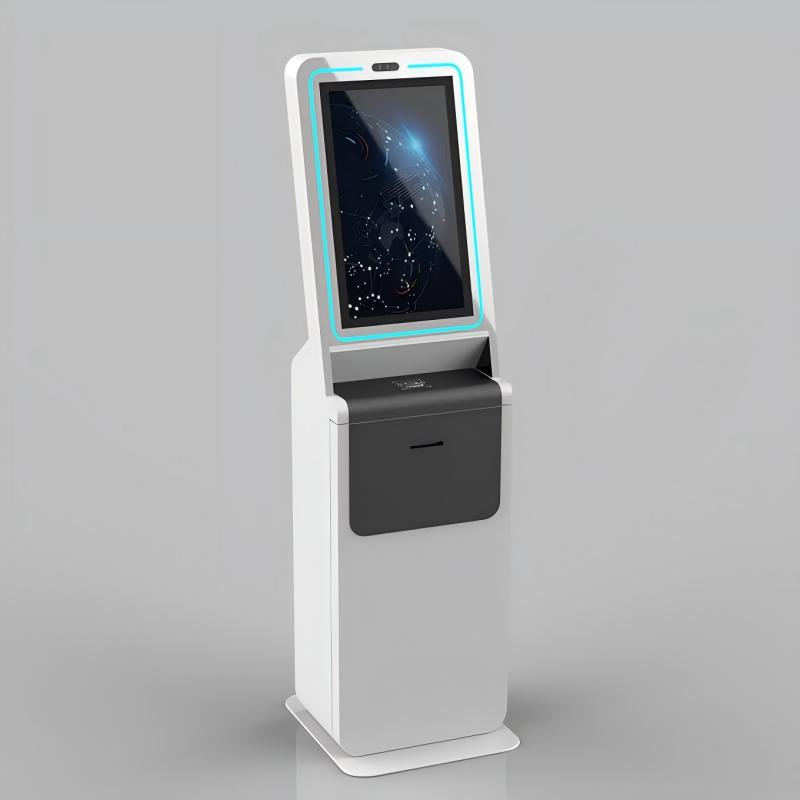
| Type | Sizes | Design Features | Price Range |
|---|---|---|---|
| Self-Service kiosk | Small, Medium, Large | Touchscreen, payment integration | $3,000 - $10,000 |
| Digital Menu kiosk | Medium, Large | High-resolution display, custom branding | $5,000 - $12,000 |
| Ticketing kiosk | Small, Medium | Barcode scanner, receipt printer | $4,000 - $9,000 |
| Information kiosk | Medium, Large | Interactive map, multilingual support | $4,500 - $11,000 |
Define Your Needs: Identify the specific requirements of your subway station, such as the type of service (e.g., ticketing, self-service), size, and design preferences.
Research Vendors: Look for reputable manufacturers or suppliers of subway kiosks. Compare their offerings, customization options, and customer reviews.
Request Quotes: Contact multiple vendors to get detailed quotes based on your specifications. Ensure that the quotes include all necessary components and services.
Evaluate Options: Compare the features, prices, and warranties of the kiosks. Consider factors like durability, ease of use, and after-sales support.
Check Compliance: Ensure that the kiosks meet relevant industry standards and regulations. This may include accessibility requirements and data protection compliance.
Place an Order: Once you’ve selected a kiosk, finalize the purchase. Review the contract carefully, including delivery timelines and installation services.
Installation and Training: Coordinate with the vendor for kiosk installation. Arrange for staff training on how to use and maintain the kiosk effectively.
Monitor Performance: After installation, monitor the kiosk’s performance and gather user feedback to ensure it meets your operational needs.
What did our happy clients say?
Just received our subway kiosks and they are fantastic! Excellent build quality and user-friendly interface. Huge thanks to the manufacturer for their top-notch service and support!
We are extremely satisfied with our new subway kiosk. They are sleek, efficient, and exactly what we needed. Kudos to the manufacturer for delivering beyond our expectations!
The subway kiosk we purchased are working flawlessly. The design and functionality are perfect for our needs. Thanks to the manufacturer for their exceptional craftsmanship and service!
Our subway kiosks are a game-changer for our station. The quality is superb and installation was smooth. A big thank you to the manufacturer for their outstanding product and support!